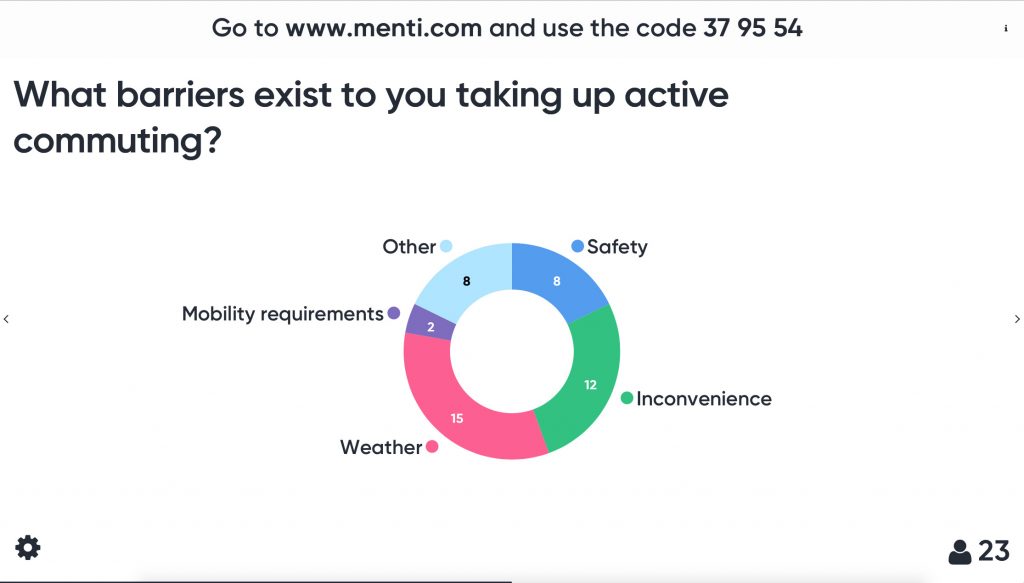Active Travel – Can commuting to work be your daily exercise?
Date – 4th October 2019, 12:30-14:00pm
Location – Mary Seacole Building, MS181, University of Salford
This seminar was the seventh in our series. The speakers discussed how the commuting window many of us experience every day might be used as an opportunity for physical activity.
Abolanle Gbadamosi is a PhD student at the University of Salford who gave a fascinating overview of her PhD research, which looks at the association between different types of active commuting and metabolic risk factors. Her research seeks to fill the gap in literature on mixed-mode commuting and metabolic risk factors as most research have focused on mortality outcomes. She gave an example of a representative study by Celis-Morales and colleagues with a sample of 263,450 UK Biobank participants aged between 37 to 73 years, of which 54% were women. Modes of commute were classed as: non-active (reference group), walking, cycling, mixed mode: cycling, mixed mode: walking. This study incorporated travelling by more than one mode which most studies miss and found that cycling or walking to work reduces your risk of heart disease significantly. Also, regular brisk walking can also reduce risk of premature deaths, heart disease and cancer. These conclusions confirmed that active commuting is an important way of improving physical activity and therefore in improving the health of a population.
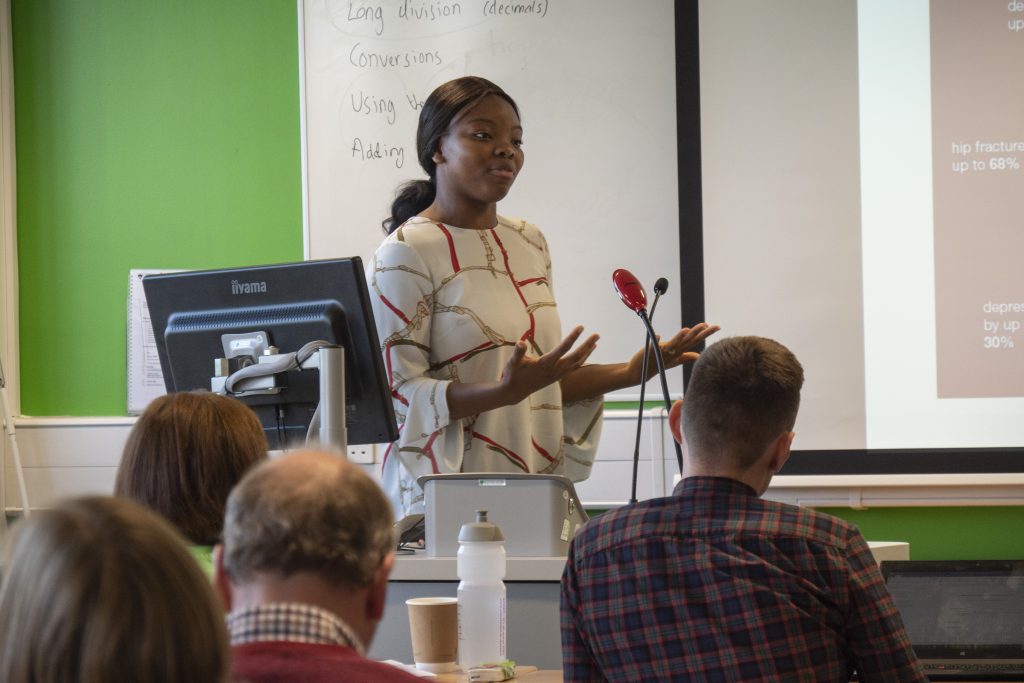
Ellen Stephenson is the Sport Development Coordinator at the University of Manchester and shared her experience of setting up a run commuting group at the University of Manchester. Initially they surveyed 207 people to see if there would be any interest in creating a run commuting group, and found that almost half of the respondents lived within 2-6 miles of the city centre – a perfect run commuting distance. The data revealed that 61% of people gave fitness as their main reason for run commuting, and found one of the most common barriers for people was a lack of appropriate shower and changing facilities on campus. They created a launch event for the group, which allowed people to connect and socialise, as well as raise awareness of run commuting and share the different routes into town. The group also helped set up a buddy system, where runners could meet likeminded people to help make the activity more social (as well as safer).
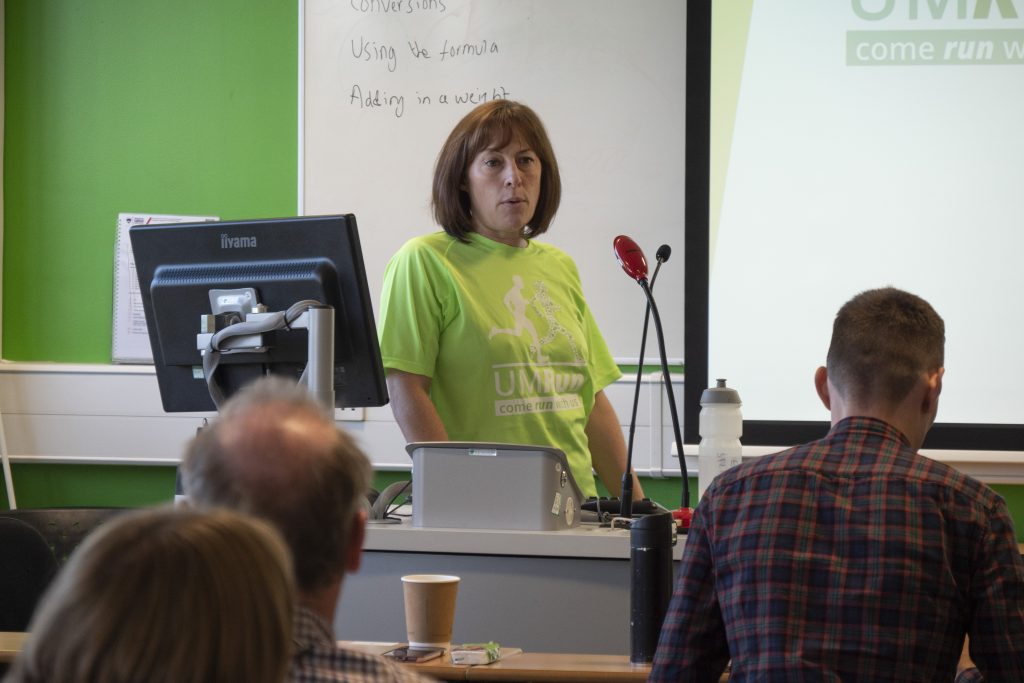
Simon Cook is a PhD student at Royal Holloway University. He gave us a whistle stop tour of his PhD research, which is examining the rise of run commuting over the last five years. Cook argues that run commuting isn’t a wholly new phenomenon, as running has always been a mode of transport, but with its growth in popularity we are now seeing the commercialisation of run commuting – with designed products specifically targeted at run commuters (such as shoes or bags). Cook carried out a survey with 363 UK run commuters, as well as conducting 28 interviews, asking the question “Who is run commuting?” He was able to broadly define the demographic of run commuters – a profile which involves a lot of privilege, as well as being a very gendered, bodied, classed and racialised practice.
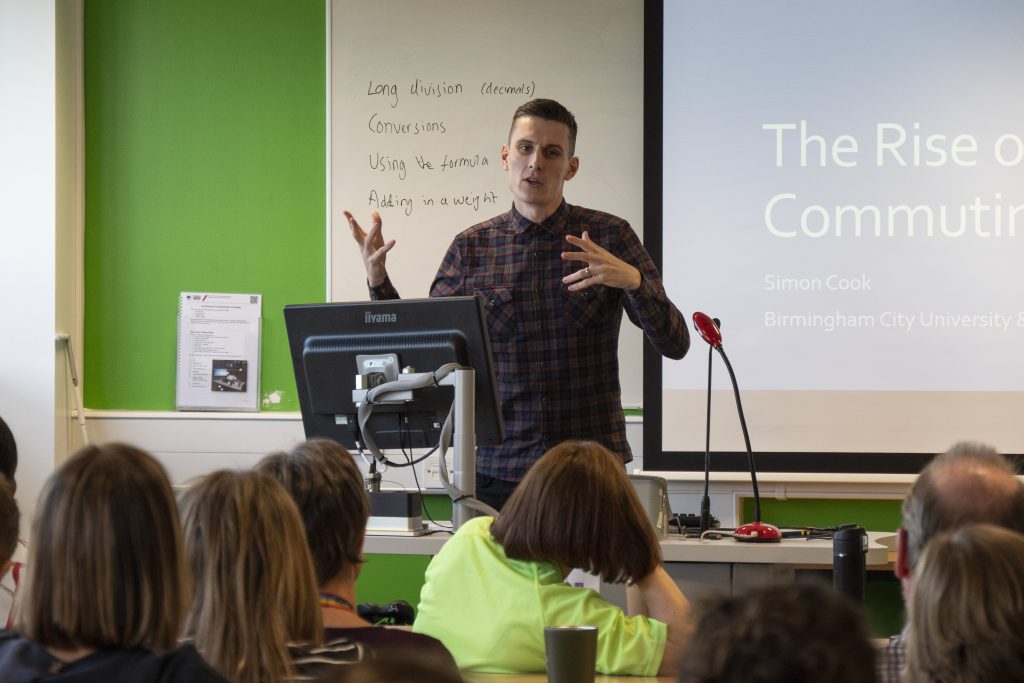
Q&A Session
The Q&A session threw up some interesting observations. One member of the audience expressed a concern that the early commercialisation of this travel mode is worrying, as so many areas of sport seem to feel influenced by commercial gain. It was noted than run commuting is actually a subgroup of running, which has experienced a huge boom in popularity (with national events like parkrun every weekend), and thus the commercialisation of run commuting was probably always inevitable – especially when it is marketed as a “lifestyle”.
The question of cost came up, noting that (beyond the initial investment) run commuting is a cheap form of transport. However, it was also observed that run commuters also tend to be cyclists or public transport users, so whether they are actually saving a significant amount of money – due to their investment in other areas of transport – remains to be seen. Policy also has a long way to go when it comes to run commuting. Sport England and the Department for Transport never considered it to fall under their remit, while public health organisations believe it to be unlikely that someone would move from being fairly sedentary to running directly to work.
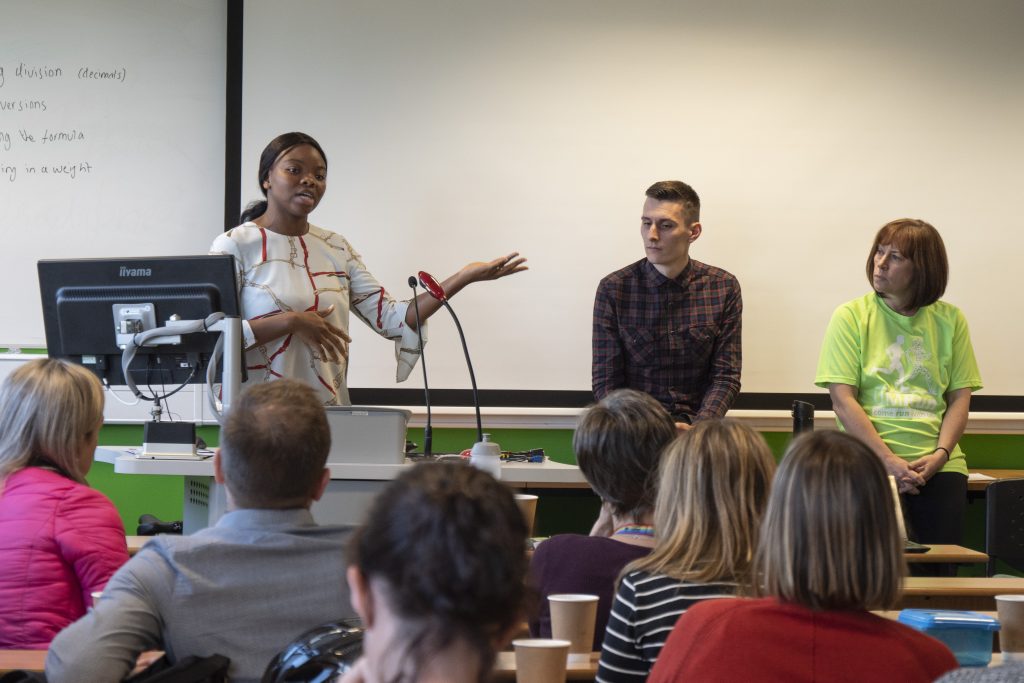
In related work, Dr. Sam Hayes, University of Salford is currently taking running research forward in a research project exploring the connection between place, green spaces and runners’ practice. The research explores the route choices, how green spaces feature in running and how all of this connects with mental health and wellbeing. Sam is currently recruiting for participants and you can find out more about the project and participating here:
https://environmentalistblog.wordpress.com/2019/08/29/running-about-the-place/
Presentations from the seminar
Audience Voting Tool
As usual Menti gauged some interesting data from the audience, particularly around barriers to run commuting, which often included responsibilities such as childcare, needing to use a car during work, or concerns over safety, as well as the weather, which in Manchester is a common barrier to many active modes of travel.
